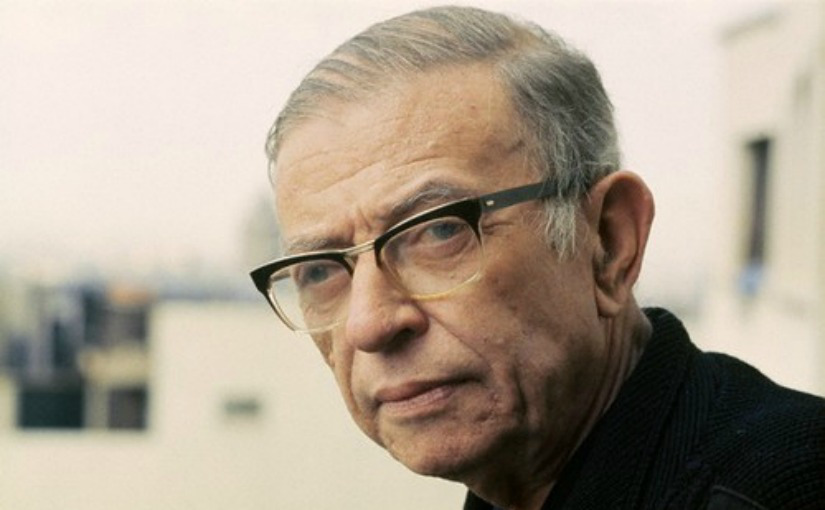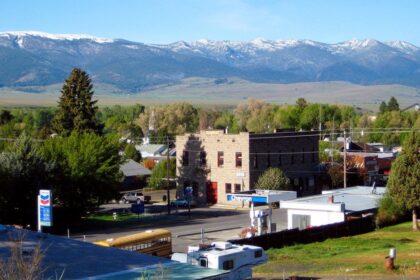Jean Paul Charles Aymard Sartre was a French philosopher, playwright, novelist, political activist, biographer and literary critic. He was one of the key figures in the philosophy of existentialism and phenomenology, and one of the leading figures in 20th century French philosophy and Marxism. Take a look below for 30 more strange and interesting facts about Jean Paul Sartre.
1. His work has influenced sociology, critical theory, post-colonial theory, and literary studies, and continues to influence these disciplines.
2. Sartre was noted for his open relationship with prominent feminist and fellow existentialist philosopher and writer Simone de Beauvoir.
3. Together, Sartre and de Beauvoir challenged the cultural and social assumptions and expectations of their upbringings, which they considered bourgeois, in both lifestyle and thought.
4. Sartre’s introduction to his philosophy is his work “Existentialism and Humanism”, which was originally presented as a lecture.
5. He was awarded the 1964 Nobel Prize in Literature despite attempting to refuse it, saying that he always declined official honors and that, “a writer should not allow himself to be turned into an institution.”

6. Sartre was born on June 21, 1905, in Paris.
7. His father was Jean-Baptiste Sartre, a French Naval officer, and his mother was Anne-Marie Schweitzer.
8. His mother was a cousin to the famous medical missionary, Albert Schweitzer.
9. His father passed away when Sartre was only two years old, and his mother raised him on her own with her father’s help.
10. It was Sartre’s grandfather who introduced him to literature at a very young age.
11. It was after he read the famous essay of Henri Bergson, “Time and Free Will”, that he became interested in philosophy.
12. He learned various subjects such as history of philosophy, general philosophy, sociology, and ethics, before he finally earned his doctorate in Philosophy in Paris at “Ecole Normale Superieure.”
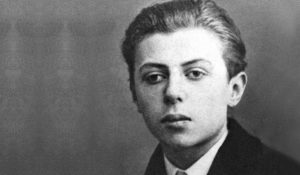
13. Sartre was severely bullied by his peers in school, possibly because his academic and artistic interests made him an outsider.
14. In 1939, Sartre was drafted into the French army during World War II. The next year, he was captured by German troops and had to stay as a prisoner of war for nine months.
15. During his period of imprisonment, he read “Being and Time” by Martin Heidegger, which influenced him to a great extent.
16. After his release in April 1941, he went into teaching at Lycee Pasteur, situate near Paris.
17. After the liberation of Paris, he wrote the book “Anti-Semite and Jew”, where he discussed and analyzed anti-Semitic hate, as well as its origins.
18. After the end of World War II, Sartre fully embraced Marxism, and shortly after, he went to Cuba, where he met with Fidel Castro and Che Guevara.
19. He opposed the Vietnam War and along with many famous intellectuals, such as Bertrand Russell, he also took part in a tribunal that aimed to expose war crimes of the United States. It later became known as the Russell Tribunal.
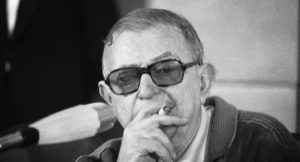
20. He had a great admiration for Che Guevara, and declared him not only to be a great intellectual but also the most perfect man of the era, as he lived his words, and spoke his own actions.
21. He vehemently opposed the persecution of homosexuals during the regime of Fidel Castro, and compared it to Nazi persecution of Jews.
22. “The Age of Reason”, which was published in 1945, can be considered one of Sartre’s most important works.
23. “The Respectful Prostitute” is one of the most important plays written by Sartre. Released in 1946, the story takes place during a racially tense period of American history, and is about an incident on a train concerning a prostitute who become the victim of a crime.
24. He had an Algerian mistress known as Arlette Elkaim, whom he later adopted as a daughter in 1965.
25. Sartre passed away on April 15, 1980, due to severe lung problems.
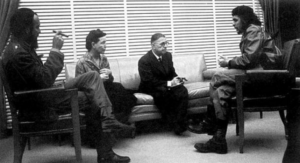
26. He didn’t want to be buried at Pere-Lachaise Cemetery between his mother and stepfather, so it was arranged that he be buried at Montparnasse Cemetery.
27. At his funeral on April 19, 1980, 50,000 Parisians descended onto Boulevard Montparnasse to accompany Sartre’s cortege.
28. Sartre was initially buried in a temporary grave to the left of the cemetery gate.
29. Four days after his initial burial, the body was disinterred for cremation at Pere-Lachaise Cemetery, and his ashes were reburied at the permanent site in Montparnasse Cemetery, to the right of the cemetery gate.
30. Sartre’s primary idea was that people as humans, are, “condemned to be free.”

